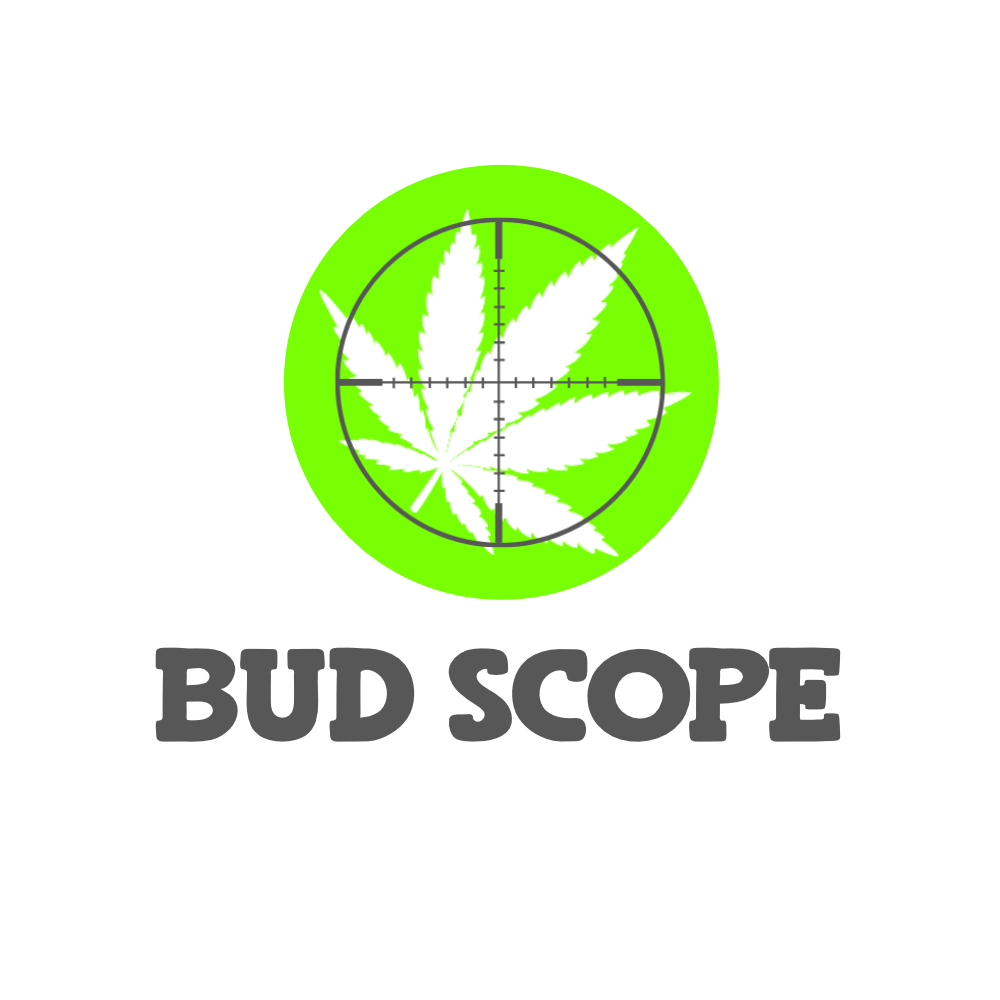Tags: Terpenes
Myrcene, or β-myrcene, is a colorless oil and a monoterpene widely found in essential oils of plants such as verbena, hops, and cannabis. It’s notable for its production primarily from the pyrolysis of β-pinene derived from turpentine. Myrcene plays a significant role in the fragrance and flavor industries, and its presence in cannabis contributes to the plant’s distinctive aroma.
Production of Myrcene
- Biosynthesis of myrcene from geranyl pyrophosphate in plants.
- Commercial production via pyrolysis of β-pinene from turpentine.
- Rare direct extraction from plants.
- Isomerization into linalyl pyrophosphate with the release of pyrophosphate and a proton.
Occurrence of Myrcene
- Extracted from various plants like verbena, wild thyme, cannabis, hops, and lemon grass.
- High myrcene content in plants such as Houttuynia, mango, Myrcia, and cardamom.
- Predominant in modern North American cannabis cultivars.
- Found in significant amounts in Adenandra villosa (50%) and Brazilian Schinus molle (40%), as well as in Myrcia cuprea, bay leaf, juniper berry, and hops.
Use of Myrcene in Fragrance and Flavor Industries
- Acts as an intermediate in the perfumery industry with a pleasant odor.
- Stabilized with alkylphenols or tocopherol for commercial use.
- Utilized in the preparation of flavor and fragrance chemicals like menthol, citral, and geraniol.
- Conversion to myrcenol for fragrances such as lavender.
- Contributes to a peppery and balsam aroma in beer.
Health and Safety Concerns
- Beta-myrcene has been added to California’s Prop 65 list of chemicals causing harm.
Related Information
- Reference to perfume allergy for further exploration.
Myrcene Data Sources
| Reference | URL |
|---|---|
| Glossary | https:/glossary/myrcene |
| Wikipedia | https://en.wikipedia.org/wiki/Myrcene |
| Wikidata | https://www.wikidata.org/wiki/Q424577 |
| Knowledge Graph | https://www.google.com/search?kgmid=/m/08_54x |
| DBPedia | http://dbpedia.org/resource/Myrcene |
| Product Ontology | http://www.productontology.org/id/Myrcene |
